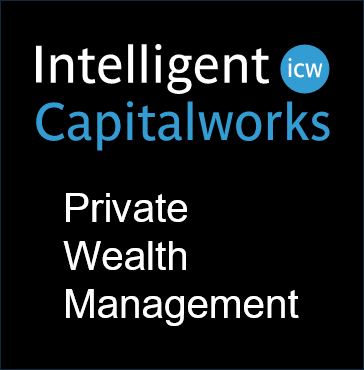For most of us, our working years are built around earning paychecks to pay for the necessities and luxuries of our life. Those checks create confidence that we’ll be able to pay the mortgage, buy groceries, go on vacations, and generally live a comfortable life.
And when it comes to retirement investing, dependable income becomes the key issue. Just because we stop working doesn’t mean our expenses stop, after all.
While regular “paychecks” from Social Security are part of the solution for income replacement in retirement, much more will be required to continue providing for anything above our most basic necessities. You may be fortunate enough to have a pension too, but you will still likely need additional income to support your desired standard of living.
When developing your retirement income plan, beware the shortcomings of a plan based upon a forecast of the total returns you expect to earn from your retirement and investment accounts. Remember that total returns are made up of two different sources: income and capital gains or losses, and the past six years have mostly provided ample gains.
Beware the risk of complacency. Be sure you have an investment strategy that can help you account for the periods of falling securities prices that inevitably follow the periods of rising prices. None of us can count on repeated annual gains from rising security prices to make our ends meet, so we need to examine whether our dividends, interest and other income sources will be adequate to meet our monthly cash needs when the markets experience their unavoidable periods of price declines.
There are two important keys to successful long-term income replacement. The first is to avoid large losses ‒ what we commonly refer to as “wipe-out risk.” Big realized losses combined with withdrawals to meet regular expenses can create a reverse snowball effect, rapidly depleting your capital and increasing the odds that you’ll outlive your money.
This scenario leaves you with two options that are equally unpalatable: Living less comfortably or – if it’s even possible – returning to work.
The second important key to successful long-term income replacement is the ability to generate consistently rising income. It is highly likely that your expenses will continue to rise during your retirement. When you stop and think about it, how many costs do you have now that have not increased during the past 20-30 years. Probably not very many, and certainly not enough to feel comfortable about living on a “fixed” income for the next few decades.
Fixed annuity payments may help create more reliable income during the early years of retirement, but in the longer run, may not successfully address your rising costs and expenses.
The challenge for all of us is to build an investment portfolio that helps us to “eat well” and “sleep well.” That’s especially true in retirement, where we no longer have work income and consequently have a lower margin for error.
Retirement portfolios must generate enough income to allow us to eat well and live comfortably in general. But they must be stable enough so that we don’t lose sleep over our fear that we’ll lose our savings.
Striking that balance is tricky in today’s yield-starved environment. When Treasury bonds paid 4% and corporate bonds and muni bonds paid a bit more, building portfolios to generate higher levels of predictable income was certainly easier. But with today’s low yields, you can’t eat well without doubling the size of your retirement and investment accounts (an unrealistic option for most). And while there’s more yield to be had in riskier investments, those investments by definition don’t help us sleep well.
Contact us if you would like help developing a retirement income strategy that may create better balance for you to “eat well” and “sleep well.” That’s just part of what we do.



















